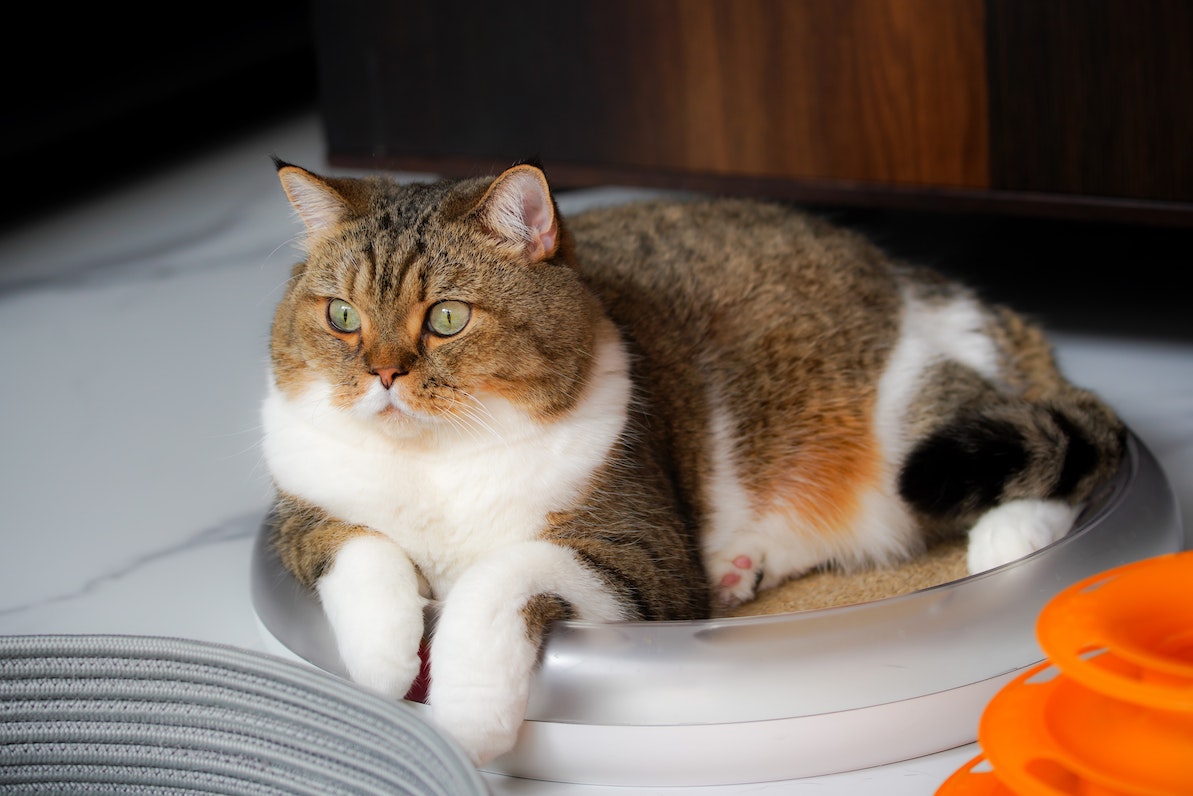Houseplants are an asset to your home as they brighten up even the darkest of living spaces. The most common plants are orchids, succulents and lilies. But did you know that some houseplants can be toxic to your dog or cat? In this article, we will introduce you to seven popular houseplants that can harm your pet.
1. Aloe vera

The succulent-like plant is a very popular plant as it is so easy to care for while still adding a touch of green to any room. Its fleshy leaves contain a gel said to cure a variety of skin ailments. The yellow sap found between the gel and the outer leaves, as well as the outer leaves themselves, contain the toxins aloin, anthraquinone, and saponin. When these toxins are orally ingested by your dog or cat, your pet can develop a variety of symptoms, including nausea, vomiting, diarrhea, and circulatory problems.
2. Lilies

Lilies come in a variety of shapes and colors and will add a little life to your home. However, it's important to know that almost all types of lilies are dangerous around your pet, especially if you have a cat. All parts of the lily, including the pollen, contain toxins that can cause liver failure in cats. Even just biting and/or licking off a part of the plant can ingest a lethal amount of the toxins. While these toxins are less dangerous for your dog, they may still develop symptoms such as diarrhea, vomiting, or mouth and throat irritation.
3. Mistletoe

Mistletoe is a mystical plant that is often bought for Christmas. According to legend, kissing your partner under a mistletoe is said to bring wealth and fulfillment to your relationship. Unfortunately, your pet isn't so lucky when it comes to mistletoe. All parts of mistletoe, except the berries, are poisonous to your dog or cat. If your pet swallows them, it can cause digestive problems, circulatory problems, seizures, and in some cases even death. The larger the amount ingested, the more severe your pet's symptoms can become. Good to know: As soon as mistletoe is dried, the concentration of toxins increases.
4. Poinsettia

While we're on the subject of Christmas plants, the beloved poinsettia shouldn't be anywhere near your pets either. All parts of the plant are poisonous to dogs and cats, especially the milky-white sap. This contains the toxin diterpene, which causes a variety of symptoms in your cat or dog, such as drooling, vomiting, apathy, diarrhea and dilated pupils. While the poinsettia's stem and leaves contain most of the plant's sap, the poinsettia's petals are less toxic to your pet.
5. Evytude

As the green tendrils of ivy spread across your shelves, they may also get in the way of your curious pet. You should be aware of this as ivy, when eaten by your pet, can trigger a whole range of symptoms. Symptoms vary from nausea and vomiting to coordination and circulatory problems. The harmful toxins are contained in all parts of the ivy, but are particularly concentrated in its sap. This is mainly found in the stems of the ivy.
6. Rubber tree

The rubber tree is a green survivor. Not only is it easy to care for and suitable for beginners because it doesn't need a lot of attention, there is also a plant sap under the fleshy shell of the rubber tree that contains many toxins to protect itself from predators. Sounds good for the rubber tree - but poses a small problem for your pets. It often happens that your dog or cat gets curious and maybe wants to nibble a bit on the plant. However, if your pet ingests the sap of the plant orally, it can cause irritation in the mouth and throat and digestive problems.
7. Chinese periwinkle

Last but not least- the Chinese periwinkle. The Chinese periwinkle is beautiful to look at and relatively easy to care for. But like the rubber tree, this plant has a sap that is loaded with toxins. As soon as the plant is damaged by external influences, the plant sap escapes. If this is ingested by your dog or cat, the toxins it contains can not only cause irritation in the mouth. And trigger throat, but in some cases also cause digestive problems and breathing difficulties.
If you already have some of the above plants in your home, don't let that put you off. The toxicity of the toxins and the severity of the symptoms vary from pet to pet. As a rule of thumb, the smaller/lighter the pet, the more severe the symptoms can be. But if you don't want to take any risks, just give the plants to a household without animals or put the plant in a place where your animals can't reach. If you want to know what alternatives there are to these plants, check out our blog on 7 Pet-Friendly Alternatives to Poisonous Houseplants.



